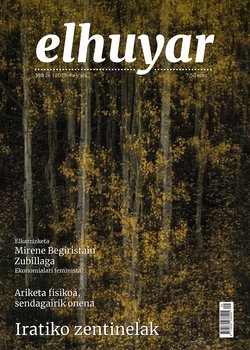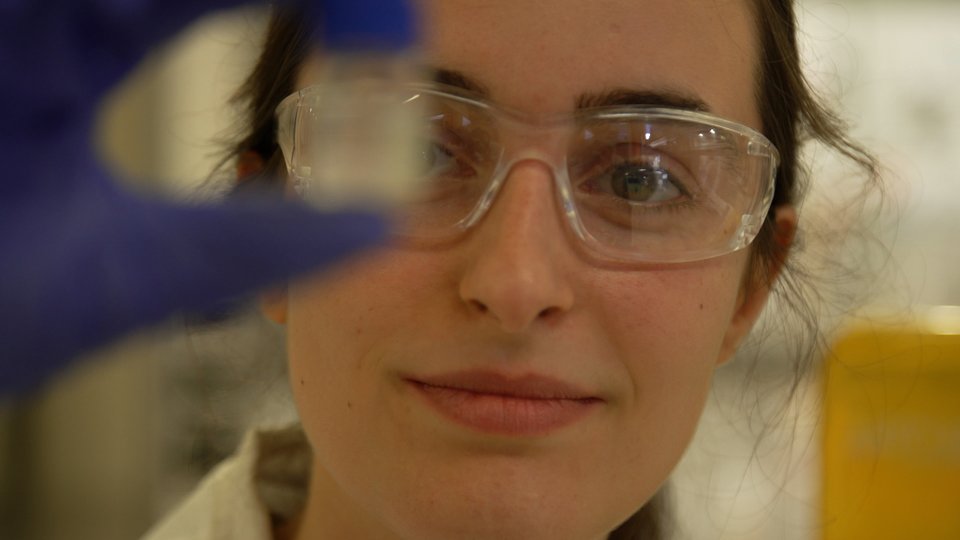The Hondt Law
Do you know how the distribution of parliamentary seats is calculated after the elections? What is the formula that gives more or less seats to a political party? With the elections coming up, it won't hurt us to know the Hondt law.
The Hondt law, or better yet, how to distribute the cake?We have
a beautiful cake on the table. And ready to eat it, four people, A, B, C, and D. The four of them want to eat the whole, and it is possible if they acquire the right to take the four portions one by one.
We, like 100 people, will vote to decide how the cake will be distributed. We've
already given the vows. A got 57 votes, B got 23, C got 18 and D got 2. It's already done. To begin with, the Hondt law states that those who have obtained less than 3% of the total votes must be excluded from the competition. D has only two votes, so he won't eat cake!. Remember that
the cake should be divided into four parts. Therefore, according to the Hondt law, the number of votes that each candidate has obtained must be divided by one, two, three, and four. Pieces of cake in this case, but seats in most cases.
How to divide the four parts among the three hungry? Easily, by choosing the four largest numbers that come out in divisions. The largest number is 57, a piece of cake for it, and the second largest number is also that of candidate A, 28.5, so it has two pieces of cake. The third is the number 23 for candidate B. And the last part, again, for Candidate A.
The split is over, A will eat three pieces, and a B-b. C and D, despite some votes, won't even smell it. Is that correct? Where you look, but that's how the cake is divided by D'Hondt's law.
Buletina
Bidali zure helbide elektronikoa eta jaso asteroko buletina zure sarrera-ontzian










